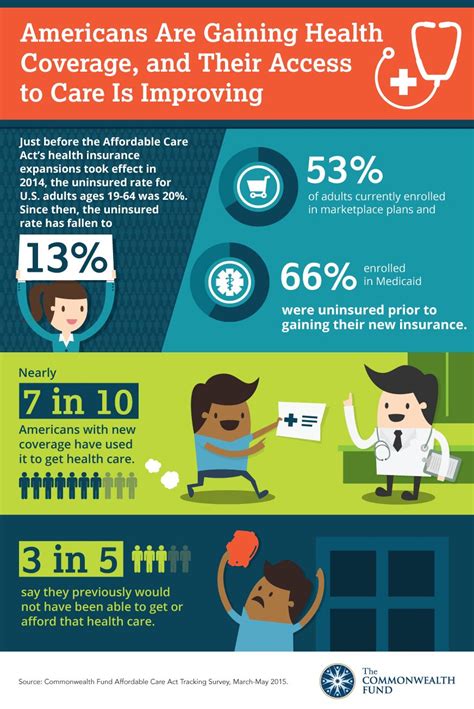Digital accessibility and equality in healthcare are critical components that enable patients to access care and services. The integration of technology in healthcare, as in any aspect of life, entails a significant responsibility.
The increasing use of technology to provide and access healthcare has highlighted the significance of digital accessibility and digital equality. These issues have become even more critical during the pandemic. During which, patients were forced to remain at home and avoid healthcare facilities except in urgent cases. In this article, we will examine digital accessibility and equality in healthcare and explore methods to enhance them.
Why is digital accessibility important in healthcare?
At present, approximately 15% of the global population has a disability. Research shows that these individuals are less likely to receive preventive medical services. They are also generally less satisfied with the healthcare they receive.
This is largely due to their inability to utilize digital services as a result of their specific health conditions. Such problems include blindness and low vision, speech and hearing impairments, +motor and mobility disabilities, and cognitive and learning disabilities.
Digital services are often not accessible to individuals with temporary disabilities, such as those recovering from a cataract surgery. Despite making up a significant percentage of the population, these individuals still require regular healthcare services just like anyone else.
Hospitals that fail to offer digital services for individuals with disabilities may encounter a host of issues. These include lawsuits, penalties, loss of government funding, damage to the hospital’s reputation, and decreased patient traffic. This is why digital accessibility in healthcare is crucial to avoid disparities.
Digital equality in healthcare
Digital equality ensures everyone has equal access to digital health technologies and services. Access is regardless of their socioeconomic status, geographic location, or physical ability. This means designing and implementing digital health solutions that are accessible, affordable, and user-friendly for all patients. Achieving digital equality in healthcare is essential for reducing healthcare disparities, improving health outcomes, and promoting health equity. Healthcare providers, policymakers, and technology developers have to create a more inclusive and equitable healthcare system.

Source: The Commonwealth Fund
How does digital inequality affect healthcare?
Now let us address digital inequality, which presents a separate but equally pressing concern. Digital inequality is the digital gap that exists between those who have and do not have access to technology.
With a increasing number of services transitioning to digital platforms, the haves and the have-nots exacerbate the digital divide. The reasons for this disparity are frequently related to socio-economic and geographical factors.
Additionally, age is a significant consideration. Elderly individuals often face challenges t adjust to digital devices compared to those who have grown up surrounded by technology.
How does digital inequality manifest itself?
The digital divide became more apparent in 2020 with the widespread use of telehealth. Telehealth is an essential tool for healthcare providers. It offers a safer option for people to receive medical services amidst the COVID-19 pandemic. This helps the elderly, individuals with disabilities, and those with chronic diseases.
However, the adoption of telehealth was not uniform across different groups, revealing stark racial disparities. According to a study, Black patients were four times less likely to use telehealth than White patients.
Additionally, non-English speaking patients and individuals residing in rural areas with poor broadband connection faced difficulty accessing telehealth services. Overcoming language barriers has become a primary objective for telehealth providers.
6 easy steps to ensure digital accessibility and equality in healthcare
Create an accessible website and mobile app
Create a website and mobile app that is accessible to people with disabilities. This can include features such as alt-text for images, captions for videos, and keyboard navigation options.
Use plain language in all communications
This means avoiding medical jargon and complex terminology, and instead using simple language that is easy to understand.
Provide ways to access information
Provide multiple ways for patients to access healthcare information and services. This can include phone, email, and video conferencing, as well as in-person consultations.
Make all electronic records accessible
Ensure that all electronic health records (EHRs) are accessible to people with disabilities. This can include features such as text-to-speech functionality and screen reader compatibility.
Train healthcare staff
Provide training to healthcare professionals on how to communicate effectively with patients with disabilities. This can include strategies for using sign language interpreters, providing information in alternative formats, and using accessible technology.
Audit and text regularly
Conduct regular accessibility audits of all digital platforms to ensure they are meeting accessibility standards and addressing any issues that arise. This can include engaging people with disabilities to provide feedback on the usability and accessibility of these platforms.
Tools to ensure digital accessibility
codemantra Digital Accessibility Solutions for Healthcare Sector
codemantra’s Digital Accessibility solutions can make any electronic medical documents accessible as per Section 1557 of the Affordable Care Act.
codemantra offers AI-powered technologies that help healthcare organizations to conform to Section 1557 and the CMS standards. So, don’t hesitate. Reach out to us today!
Feel free to drop your queries regarding our solutions and services and we will get back to you!







